Currently 50% Off For A Limited Time
Expressive Arts For Trauma Healing
Voice and self-expression can help the nervous system release trauma.
“The task of therapy is not to eliminate suffering but to give a voice to it, to find a form in which it can be expressed.” - Stephen K. Levine
Conventional forms of therapy tend to rely on trauma being expressed verbally.
This can overlook how our fears, emotions, and memories are stored in our bodies and unconscious mind, which can make them difficult to put into words (van der Kolk, 2014).
The therapeutic uses of art offer a powerful way to safely process our trauma.
In the words of Natalie Rogers: “What is creative is frequently therapeutic. What is therapeutic is frequently a therapeutic process.”.
Through creative and meaningful art-making, our bodies are actively involved in expressing and transforming how we make sense of our experiences.
Art-making activities that can include finger painting, pottery, drawing, and collage, can support us to reintegrate our bodies and our minds to help reframe our past experiences in a new light (Cherry, 2021; Dexter, 2022; Malchiodi, 2003).
These empowering activities can give us the autonomy to communicate our innermost feelings in whichever way we see fit, changing the outcomes of our past into what we wish to see and feel (Malchiodi, 2020).
The therapeutic use of art can offer us a safe, non-judgmental, and personal setting to foster healing and growth.
It’s a practice that’s just for you - it’s a practice that we deserve.
There are many other benefits of art therapy. These include:
- The reduction of symptoms of depression (Cherry, 2021).
- Reduced feelings of stress (Dexter, 2022).
- Improved mood, self-esteem, and self-awareness (Dexter, 2022, Mayden, 2012).
- An easy tool to safely work through traumatic events and memories (Dexter, 2022).
- A new, exciting way to express ourselves and re-explore our inner light (Dexter, 2022).
In this program, Expressive Arts For Trauma Healing, we will guide you through gentle artistic techniques that can help you to express your identity, improve your resiliency, and build a stronger relationship with yourself.
We'll also discuss the potential healing benefits of art in our six expert-led theory modules.
By the end of the program, we hope that you or your clients will have discovered safe and practical techniques that can be incorporated into your trauma healing toolbox.
Natalie Rogers sums it up as an empowering process that "fosters release, self-understanding, insight and awakens creativity and transpersonal states of consciousness."
Introducing Expressive Arts For Trauma Healing: Therapeutic Techniques To Rediscover Your Creative Self
Seven Therapeutic Art Techniques:
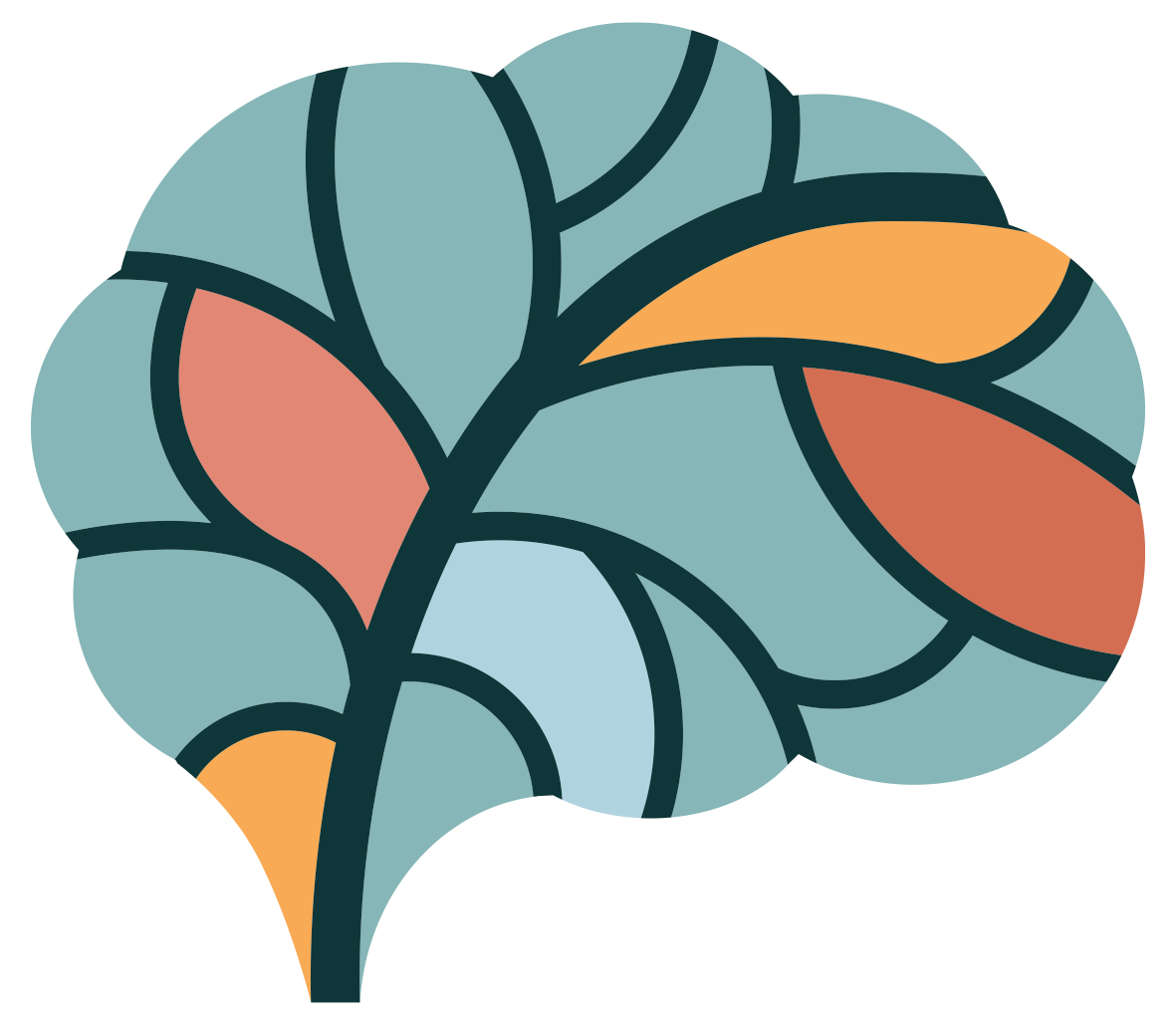
Technique 1: Finding Safety
Explore an art therapy technique to help develop a sense of trust. This can allow the art to serve as a safe container to explore thoughts and feelings to feel safe and grounded.
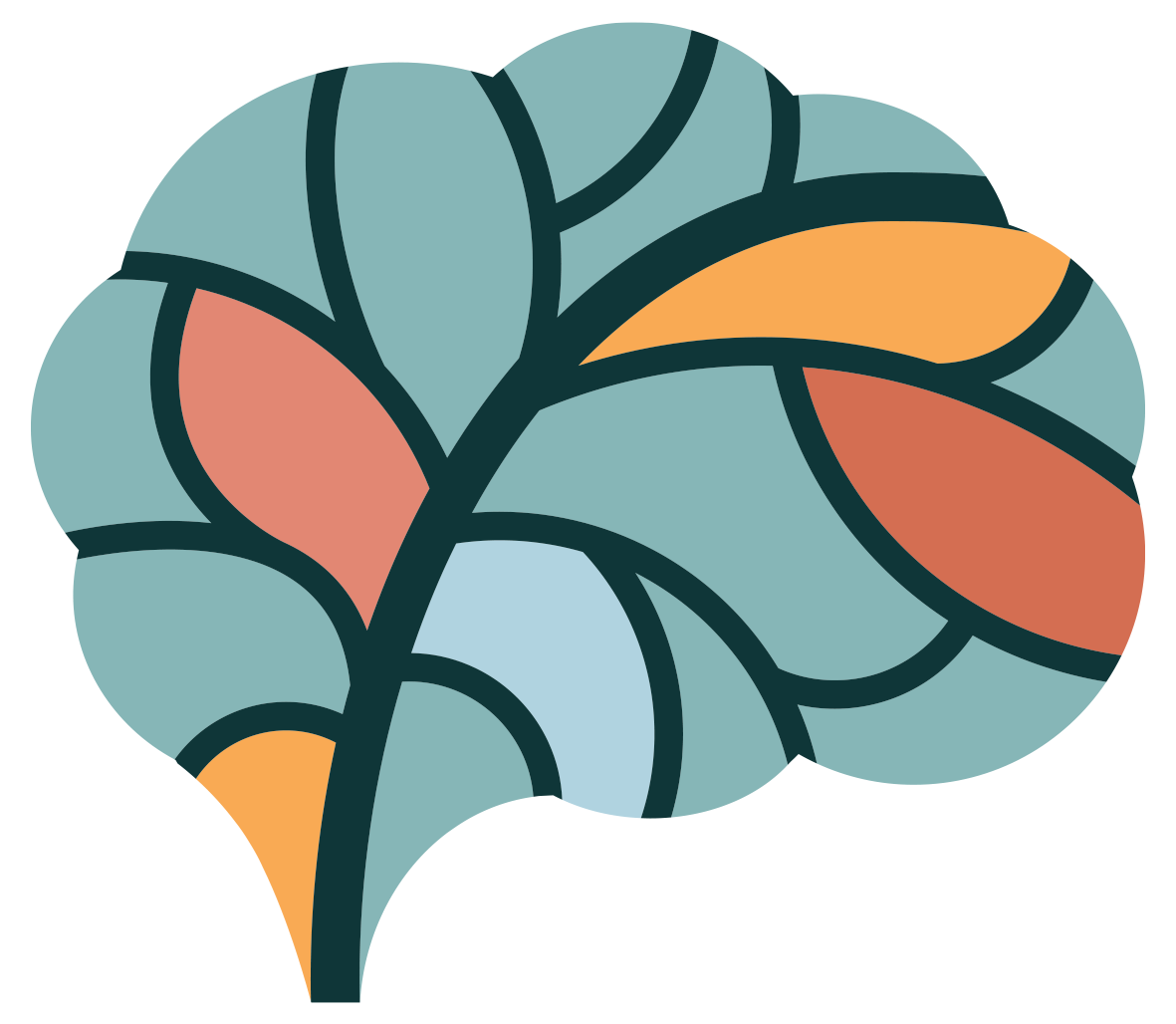
Technique 2: Channeling Permission To Trust
Explore an art therapy technique to help establish a sense of trust. In this exercise, the art serves as a safe space to explore thoughts and feelings about trusting oneself and trusting others.
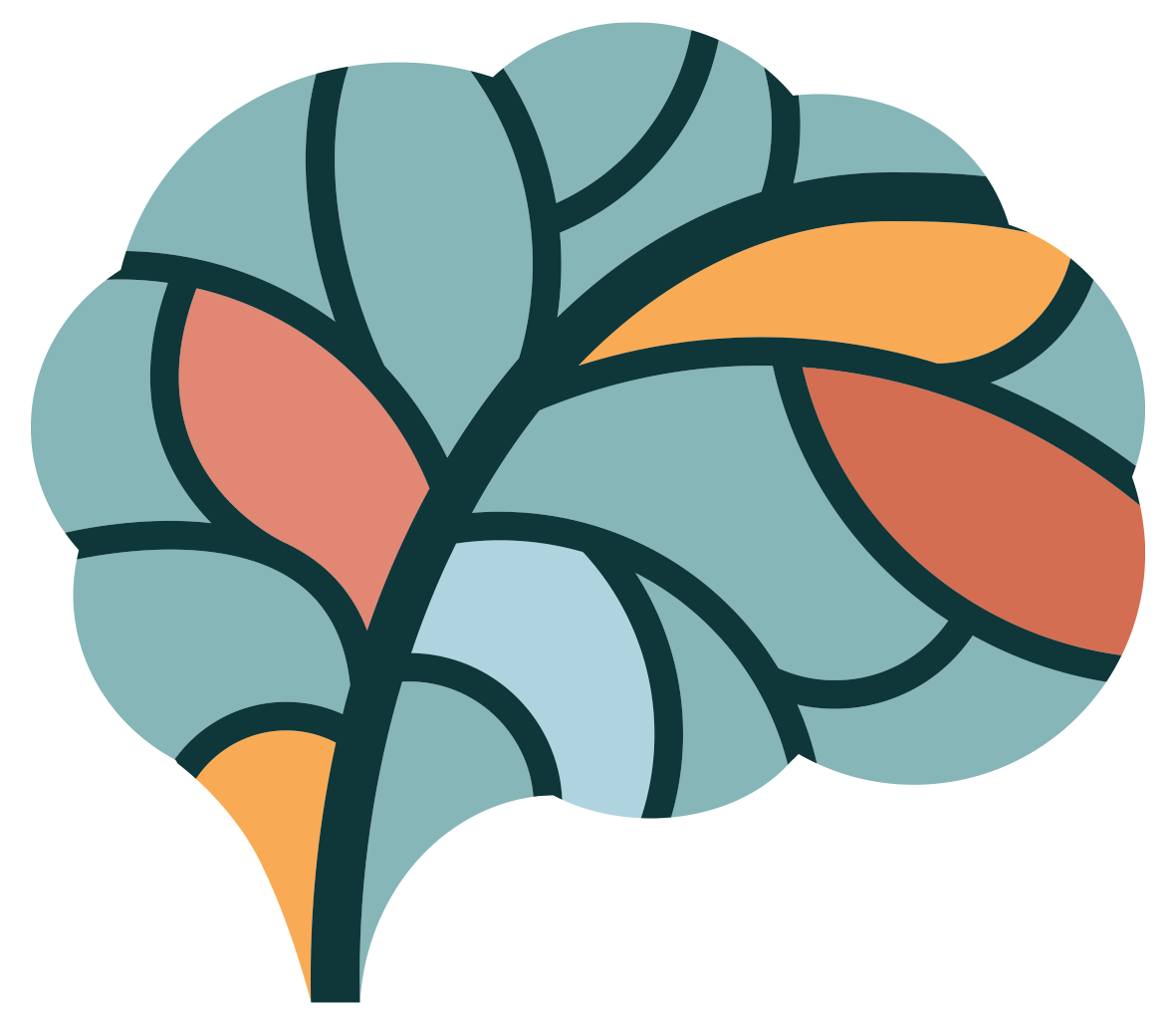
Technique 3: Uncovering Support Systems Through Circle Drawing
Learn to create a safe vessel to express thoughts and emotions to strengthen feelings of better connection and support from friends, mental health professionals, family, and yourself.
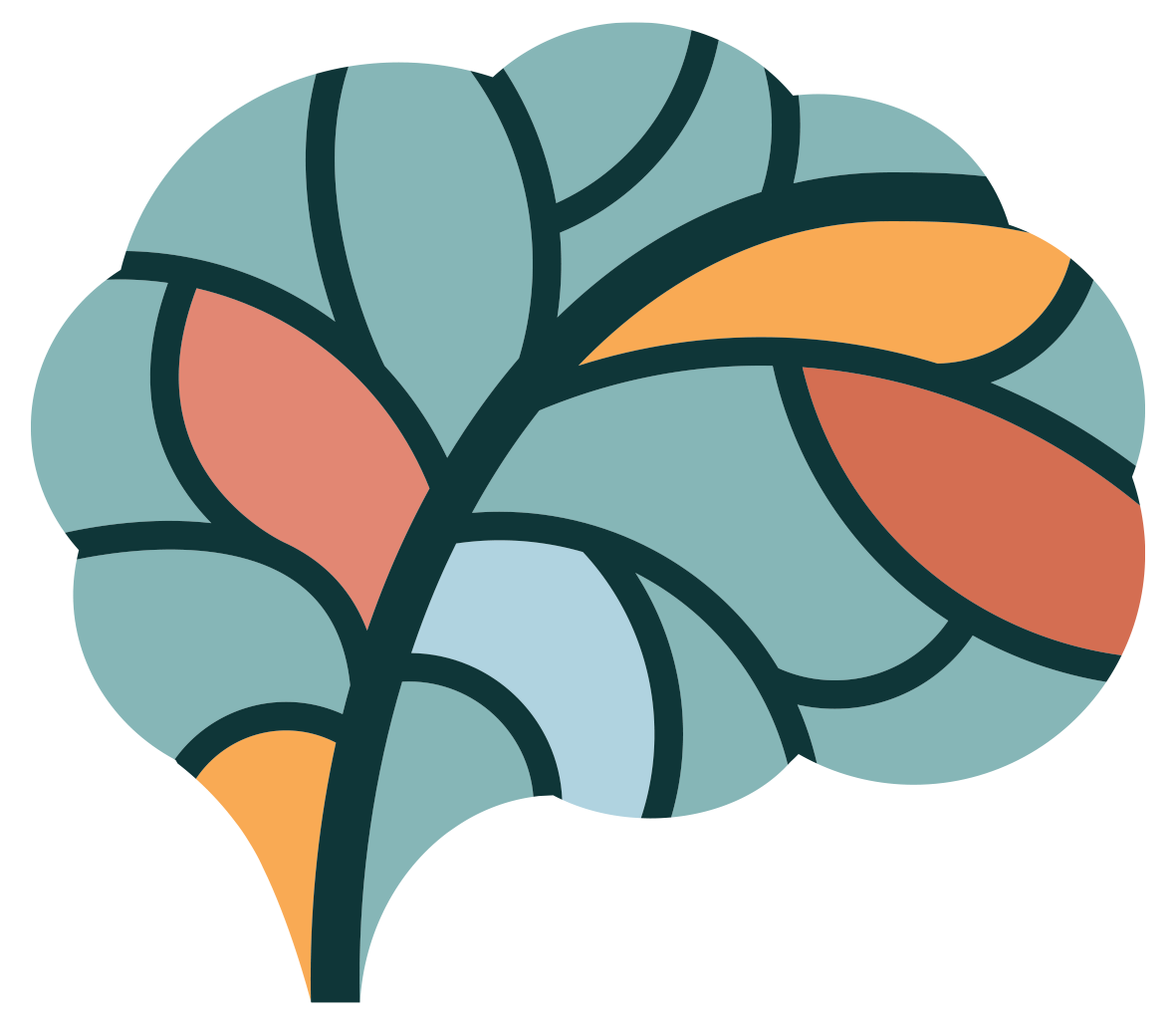
Technique 4: The Paper Bead Technique
Explore an art therapy technique to help with the concept of sharing power. Use this as a safe space to explore thoughts and feelings about accepting and offering power.
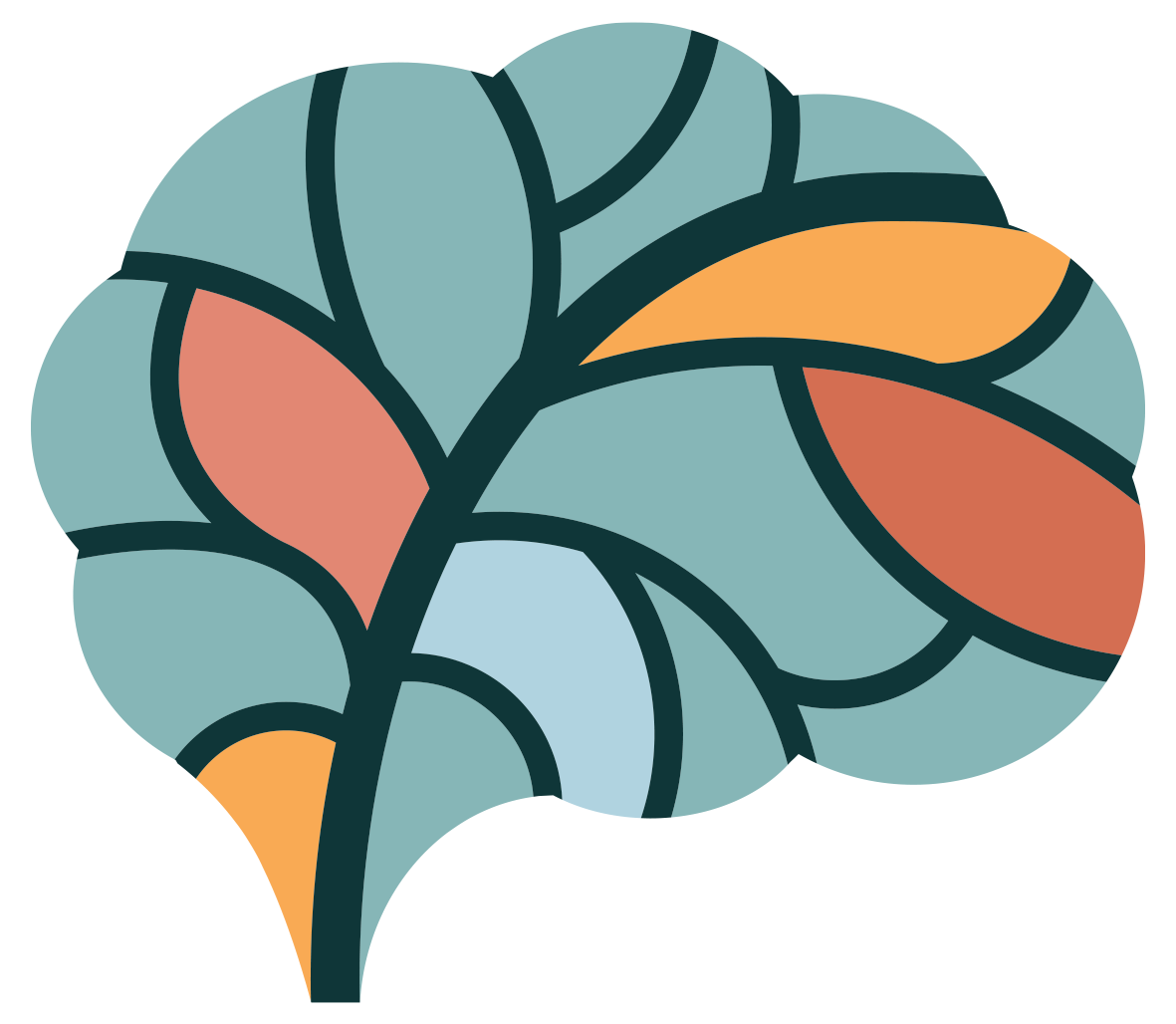
Technique 5: Harnessing Resiliency With Watercolor
Explore an art therapy technique to help establish a sense of resiliency. In this exercise, the art serves as a safe vessel to explore thoughts and feelings around harnessing resilience and strength.
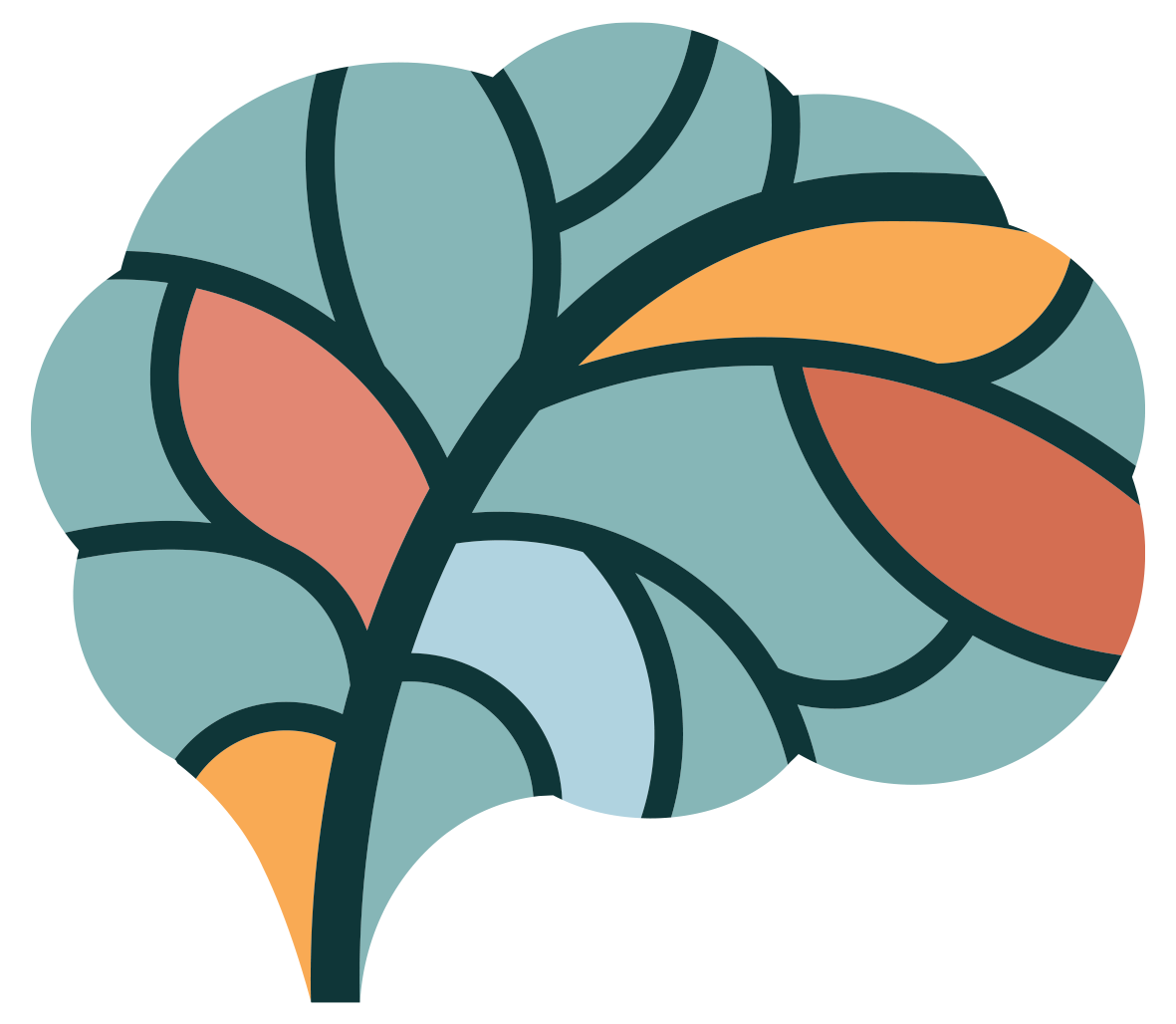
Technique 6: Box Decoration For Agency
Engage in a hands-on box decoration technique to help focus on the inner and outer self. Learn to use art to explore thoughts and feelings about integrating your inner and outer experiences.

Technique 7: Expressing Culture And Self-Identity Through Abstract Drawing
Engage in an abstract drawing to connect with feelings associated with your culture and explore thoughts and feelings around honoring cultural aspects of self-identity.

Bonus Therapeutic Art Techniques
-
Bonus Technique 1: Intrusive Thoughts Container
-
Bonus Technique 2: Visualizing Wave Breath
-
Bonus Technique 3: Mandala Vision Map
Six Expert-Led Modules:

Module 1: An Introduction To Art Therapy As A Practice With Trudy Kim (32-min)
- The difference between art making and art therapy
- The use of art therapy and brain change
- The do’s and don’t of facilitating art therapy
- Art therapy as an assessment and therapeutic tool
- Misconceptions around art therapy
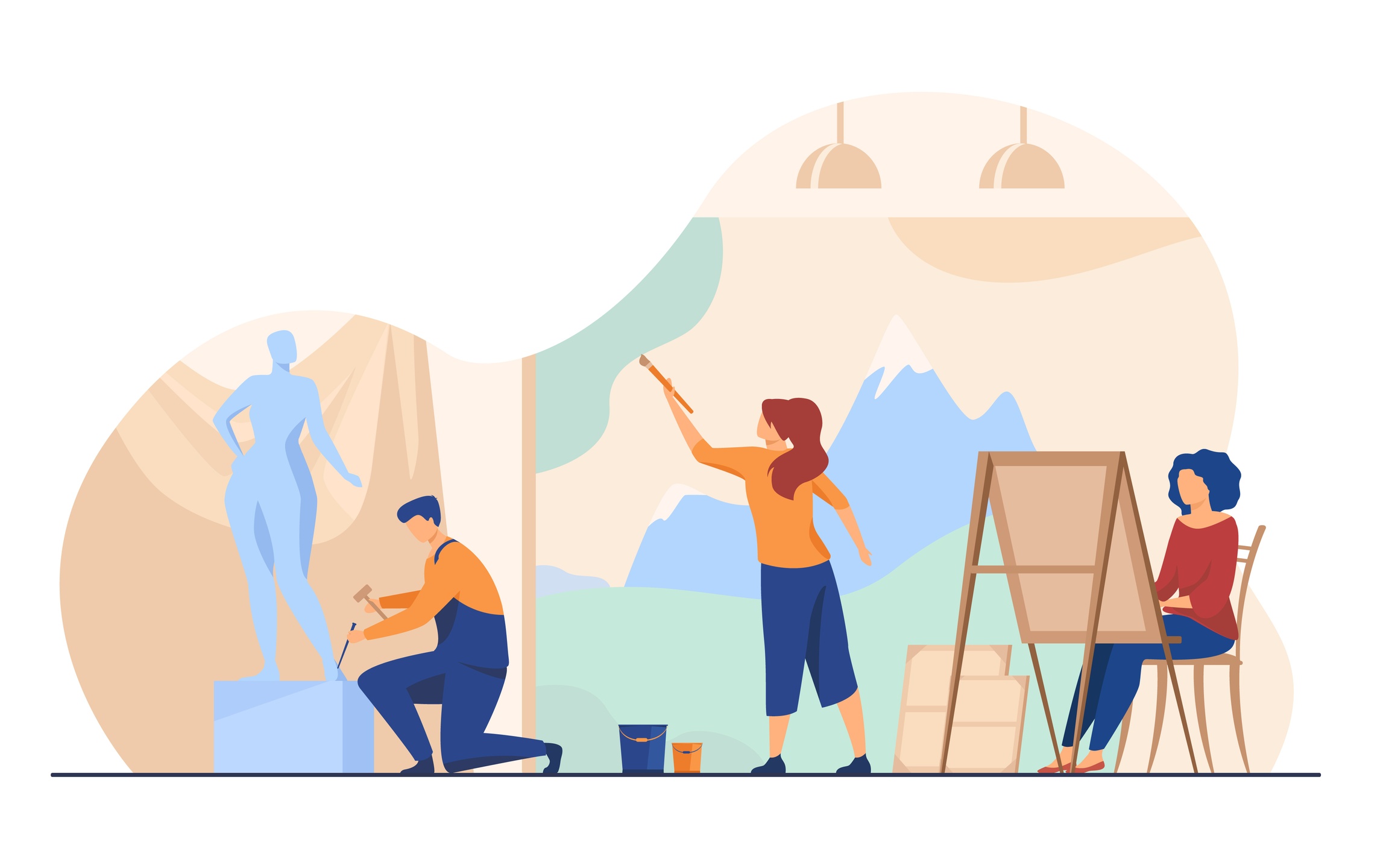
Module 2: Exploring Art Therapy Techniques With Trudy Kim (18-min)
- Planning the facilitation of art therapy
- Therapeutic art techniques for survivors and clinicians to try
- Considerations for trauma-informed art therapy
- The history of art theory
- Distinguishing art therapists’ credentials
- The healing factors of art therapy and its impact on brain functioning

Module 3: The History, Components, And Approach Of Phototherapy With Behzad Bernous (25-min)
- Defining therapeutic photography
- Explore the history of therapeutic photography
- Discover the psychology behind photography
- Utilizing creative expression in therapeutic photography

Module 4: Phototherapy And Healing Trauma With Behzad Bernous (25-min)
- Discover how phototherapy can help heal trauma
- Explore examples of phototherapy in practice
- References and resources for further study

Module 5: The Foundations of Art Therapy With Rory O’Neil (31-min)
- Defining art therapy
- The required training to be an art therapist
- Different ways art therapy can help the therapeutic process
- Misconceptions about art therapy
- Who can benefit from art therapy
- The various techniques used in art therapy

Module 6: The Processes of Art Therapy With Rory O’Neil (24-min)
- Differentiating between ‘art therapy’ and ‘therapeutic art’
- The different mediums used in art therapy
- How art and creativity assist in trauma healing
- Safe therapeutic art exercises to engage in at home
- Art and the reconnection to the self
Our Programs Come With:
-
A private supportive community
-
Lifetime access to the program and all future updates
-
Technical support via email and Facebook messenger
-
Start at any time at your own pace
-
A 72-hour money-back guarantee
-
A 30-day program exchange policy
Register Here for $120 $240
You’ll get all 6 theory modules, 7 therapeutic art techniques, learning tools, plus receive three additional expert-guided therapeutic art techniques you can immediately integrate into your trauma toolbox to help you work more effectively with a dysregulated nervous system.
Meaningful Feedback
“The tools I learned in your program helped me to feel less anxious, more connected to my body, helped me to sleep better, and have a little less pain. I will come back to these tools throughout my day and look forward to re-watching the videos.”
Tracie Jones, Survivor
"It started to feel like I had a voice again, like I was important like my feelings did matter. My resolve grew to protect myself from this kind of unhealthy relationship in the future, and I started to become my own best friend with the love and reassurance I was learning to give myself."
Tikeke Ziemer, Survivor
"One of the greatest things I have noticed is that Rewire Trauma Therapy responds to every comment, either on Facebook, Instagram or through their programs… this makes me feel seen and heard… creates a beautiful space to heal in."
Carrie Butler, Survivor
"Thank you so much for creating and sharing such a helpful and inspiring program and for making it affordable as well."
Tracie Jones, Survivor
"Rewire was perfect for us. It allows us to use the program when we are able and has been a wonderful addition to our daily lives. We both struggle with anxiety and need to work through releasing trauma stored in our bodies."
Renee Boos, Survivor
"I would think if someone was new to therapy, these exercises would help calm their mind and body so they could be more vulnerable and become more conscious and aware of their thoughts and feelings. This is a great program and I hope people take advantage of it."
Matt Domyancic, Medically Retired Cop
“It helps me to feel the body and everything that happens in it, to slow down, and be focused. I found the tools of Rewire Therapy very practical and it suits me.”
Milena Blankman, Survivor
Register Here for $120 $240
You’ll get all 6 theory modules, 7 therapeutic art techniques, learning tools, plus receive three additional expert-guided therapeutic art techniques you can immediately integrate into your trauma toolbox to help you work more effectively with a dysregulated nervous system.
Meet The Experts

Tanya Zajdel
RN, PSYCHIATRIC NURSE, FOUNDER OF REWIRE TRAUMA THERAPY
Tanya’s work with trauma healing and survivorship has been featured at the Tribeca Film Festival, CBC News, Vox Tablet and Iheart Radio.
Tanya is a mental health worker, a women’s health nurse, and a published feminist author. Tanya focuses primarily on creating programs that facilitate trauma healing through creating new neural connections in the brain called 'neuroplasticity exercises'.
Her techniques combine various proven therapies to repair and reset the nervous system after trauma including somatic therapy, yoga, drama therapy, dance therapy, CBT, qigong, EMDR, vagal toning, authentic movement, and a combination of expressive, creative art therapies.

Trudy Kim
BOARD-CERTIFIED ART THERAPIST (ATR-BC, LICENSED PROFESSIONAL COUNSELOR (LPC), BOARD-CERTIFIED COUNSELOR (NCC)
Trudy has been a board-certified art therapist (ATR-BC) since 2005 and a Licensed Professional Counselor (LPC) in the state of Virginia since 2007. She has also been a board-certified counselor (NCC) through the National Board of Certified Counselors (NBCC) since 2008.
In 2020, Trudy became a Certified Clinical Anxiety Treatment Professional (CCATP), applying neuropsychologically-informed Cognitive Behavioral Therapy to treat anxiety, panic, and worry. And in 2021, she become a Trauma Center Trauma Sensitive Yoga Facilitator (TCTSY-F), adapting evidence-based, body-based yoga forms to assist those with chronic, treatment-resistant PTSD.

Behzad Bernous
LICENSED CLINICAL PSYCHOLOGIST
Behzad Bernous is a Licensed clinical psychologist, licensed Marriage and Family Therapist, and Certified Life Coach (LC).
Dr. Bernous is a professor of psychology and runs his private practice in Newport Beach, CA. Dr. Bernous is an active member of the Mental Health Society and hosted several radio shows and TV shows. Dr. Bernous has extensive knowledge and experience in psychology and art which enables him to be an avid observer, a good listener, as well as a creative solution finder.

Rory O'Neill Schmitt
PH.D. AND AUTHOR
Rory O’Neill Schmitt, Ph.D. is an author, educator, and filmmaker. She has written Navajo and Hopi Art in Arizona (2016), New Orleans Voodoo (2019), and is writing her third book with Arcadia Publishing: Edgar Degas in New Orleans.
Currently manager of faculty development at the University of Southern California, she previously worked as a board-certified art therapist and director and served as Arizona Art Therapy Association president. She earned her Ph.D. in Curriculum Studies from Arizona State University and her master's in Art Therapy from the School of Visual Arts.

Jooske Honig
HOLISTIC DRAWING THERAPIST, ACROYOGA INSTRUCTOR
Jooske Honig is a qualified holistic drawing therapist, a certified intuitive energy reader, a trained holistic masseuse, an energetic bodyworker, and an Acroyoga instructor. She holds a certificate in Mindful Somatic approaches to trauma Therapy and non-violent communication with children.
She has had her own practice In-Spiral since 2016, and works online in a beautiful studio; Aotearoa Embodiment Collective is based in the center of Dunedin, New Zealand.
Register Here for $120 $240
You’ll get all 6 theory modules, 7 therapeutic art techniques, learning tools, plus receive three additional expert-guided therapeutic art techniques you can immediately integrate into your trauma toolbox to help you work more effectively with a dysregulated nervous system.
Frequently Asked Questions
How long do I get access to the program?
What is your refund policy?
Are the educators in this program licensed to guide me?
If I am not traumatized by any one experience but I’m looking to improve my overall mood and mental health, is this course still for me?
Can I use this course to support my loved one who struggles with mental health?
Is it better to combine various therapy techniques (as suggested in your program) to heal from my trauma, or is it better to stick with just one form of therapy?
Will I receive recognition of completion?
Do your programs contain only video content?
Can children participate in your programs?
Do you offer payment plans or scholarships?
Do you offer in-person sessions?
Register Here for $120 $240
You’ll get all 6 theory modules, 7 therapeutic art techniques, learning tools, plus receive three additional expert-guided therapeutic art techniques you can immediately integrate into your trauma toolbox to help you work more effectively with a dysregulated nervous system.
Sources
Cherry, K. (August 31, 2021). What is art therapy. Verywellmind. https://www.verywellmind.com/what-is-art-therapy-2795755
Dexter, G. (January 13, 2022). The benefits of art therapy. Verywellhealth. https://www.verywellhealth.com/art-therapy-5212229











